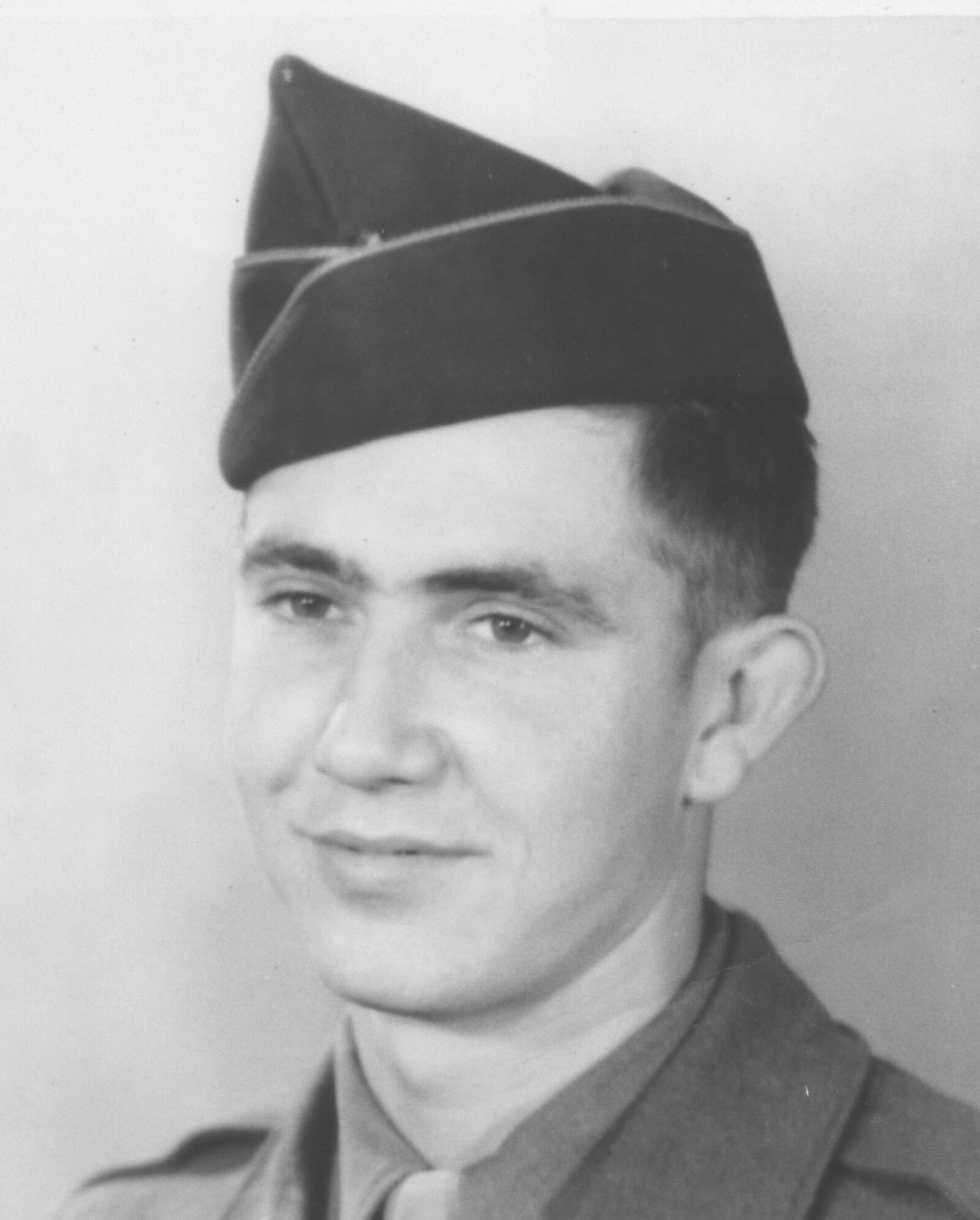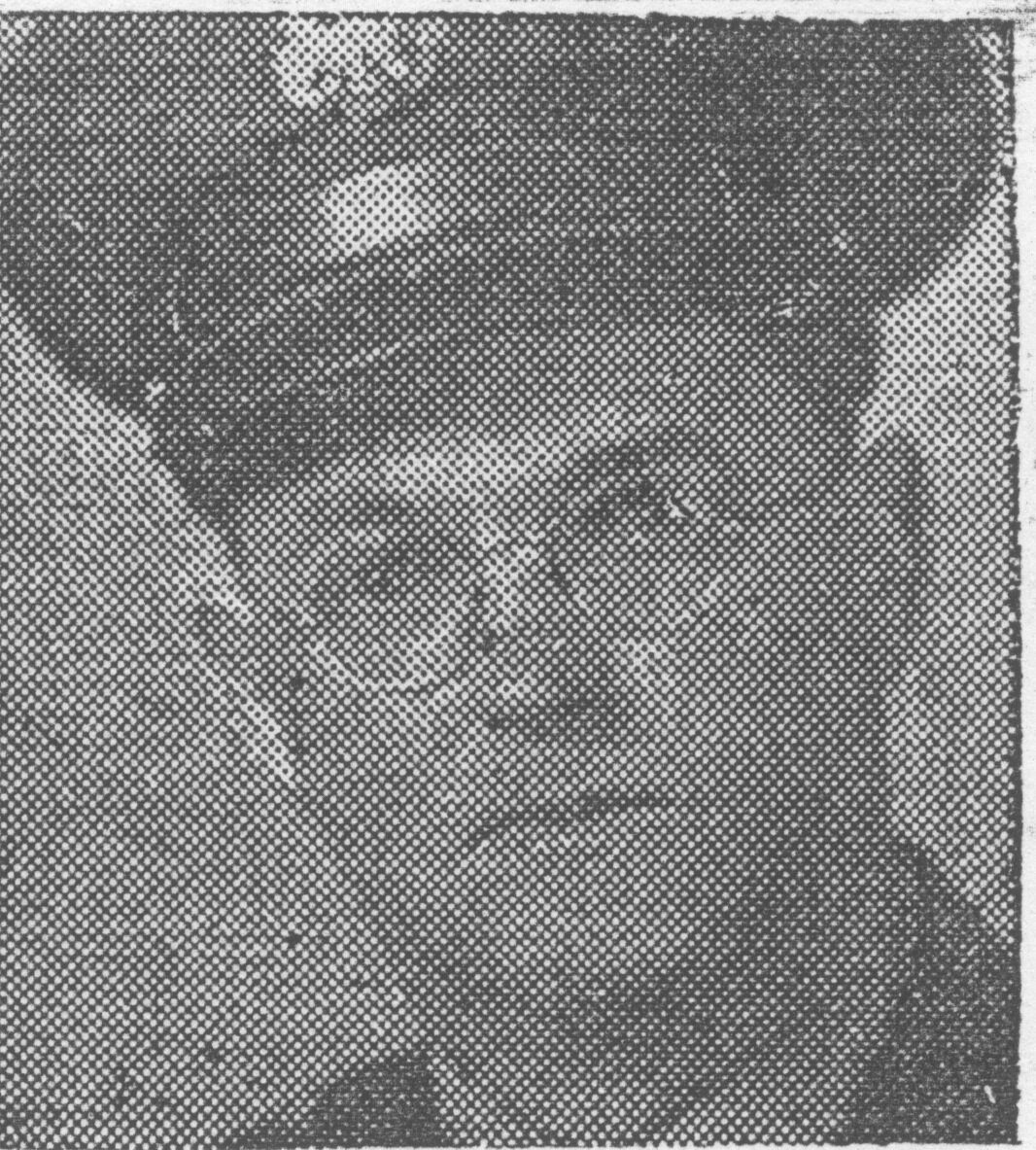Williston Leaders & Heroes
Table of Contents
For fast navigation, click the points to be taken to where they are on the page.Elmer Willis
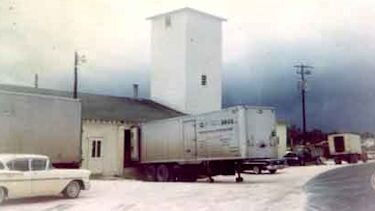
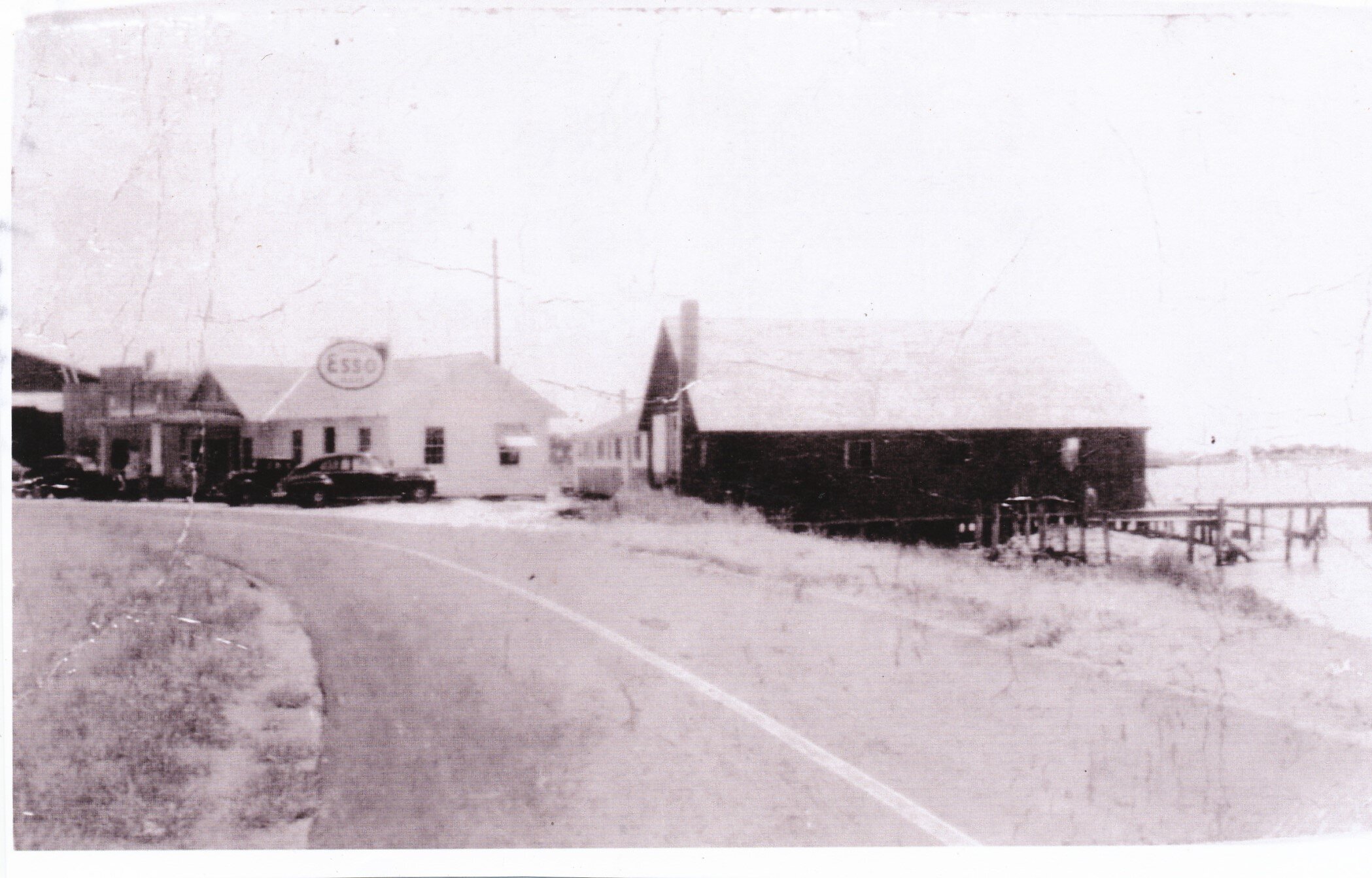
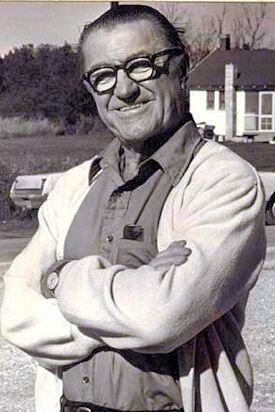
Edwin Cray Piner
Capt. James Carlisle Dedication By Wayne Willis
Captain James Carlisle was one of those rare persons you have to know personally to fully appreciate. Reading the letter he wrote home to his parents in 1935 gives a little hint to those who understand the parts of that situation he did not mention. Verta’s story of his last voyage in 1948 also give a glimpse into his character and personality.
He died when I was only five years old and yet in that short period of my young life he made an impression that overpowers others almost sixty years later.
He was truly noble.
The footprints Captain Carlisle left in the sands of Williston still have water in them when it rains.
Daniel Willis(ton)
The A.T. "Lon" Willis Story
Alonzo “Lon” T. Willis was an ambitious and hard workingman. Born on May 15, 1855 at one time he owned a sawmill, a menhaden plant and a general store in Williston. Lon was a faithful member of the Springfield Methodist Episcopal church as it was called in 1883. He served as steward for fifty years.
When he was twenty years old Warren Piner started running Lon’s sawmill located at Howland’s Point and when he turned twenty-one Warren had sawed a million board feet of lumber. The trees were huge in those days. Virgin timber was cut by lumbermen like Jack Lynch and skidded to the mill with teams of oxen. Some of the logs were floated in rafts through Core Sound from as far away as the Cedar Island woods.
The toolbox handed down from George Washington Piner to the author was made from a single sixteen-foot board one inch thick and eighteen inches wide. Those were the days when only the heart of pine from virgin timber was used for house and boat framing.
Sandy Point was the location of Lon’s menhaden factory. The waters of Core Sound were teeming with fish of all kinds and were easily caught even with the primitive nets and gear of a century ago. There were no power blocks to hoist the nets, no pumps to suck the fish out of the nets, no pumps to unload the boats when they reached the plant. It was all done by hand labor. Those were the days of iron men and wood ships.
Near the last remains of the Willis Bros Boat Works is where Lon Willis had his general store. From there he oversaw the grocery, hardware, and dry goods business that was typical of the local mercantile operation of several down east communities a hundred years ago. Lon built his store facing the waters of Jarrett Bay so he could face the boat traffic that made up most of his business. When the road came in 1927 the Beaufort News carried a story, which said Lon was going to turn his store around. Denard Davis, the local house mover from Davis had been contracted to turn the store to face the new road. Lon lived in a house across the little creek just to the northeast of his store. The 1927 news story also stated that Lon was going to move his house next. The tide of traffic had shifted from sharpie and freight boats coming up the bay to a mixture of horse and mule pulled carts and automobiles. The new shell road would become U.S. 70 that would eventually run from Atlantic N. C. To San Francisco, California.
Lon Willis ‘s wife Abbie died in 1926. By 1929 when the stock market crash came he was a seventy-four old widower. Suddenly there was no market for fishmeal or for lumber. People had no money to pay for the groceries they charged at Lon’s general store. The fall didn’t come in a day or two, but in 1930, he got sick and had to stay home for a month. When he returned the clerk he had left in charge had not been a good steward. There was little stock on the shelves and little money in the drawer. Legend has it that Lon went out on the porch and sat down and cried. It was a tough and sad time for many people that got worse as the decade progressed.
For most of his lifetime Lon had been a local symbol of the optimism that characterized his adult life after the Civil War. The “Gay Nineties” decade from 1890 to the turn of the century had paused little more than a brief hesitation for World War One. Then Lon and his neighbors had enjoyed the boom of the “Roaring Twenties only to see it all slip away like fog in the hot sun. Lon Willis died in 1936 just a cooling ember from the flaming rush of his early life.
Hopefully now his memory will not be lost to the ages.
